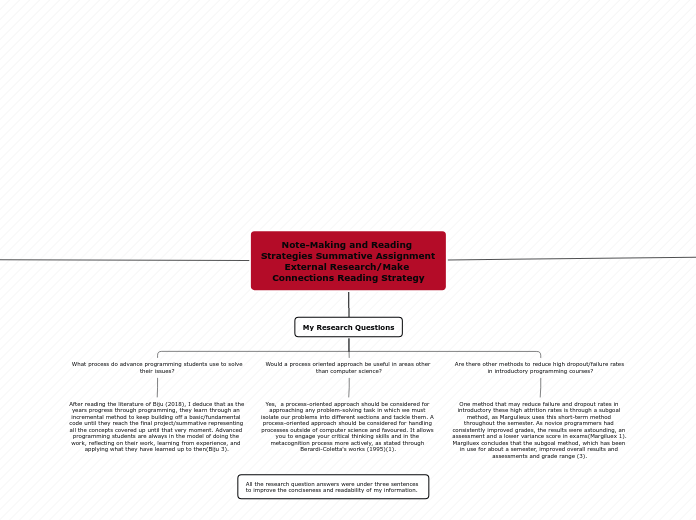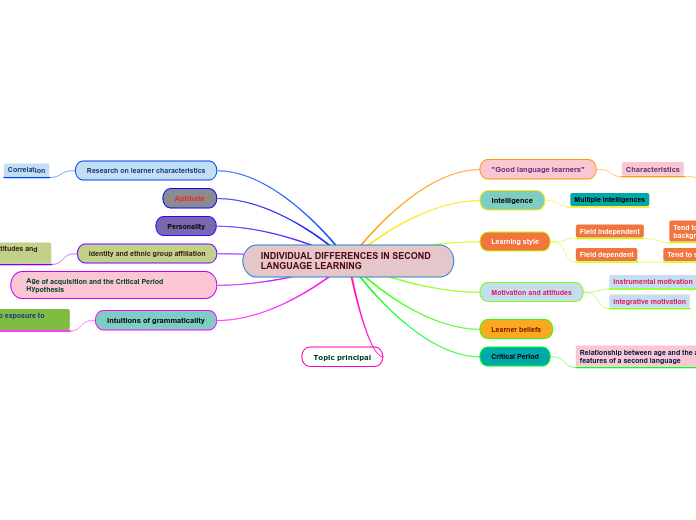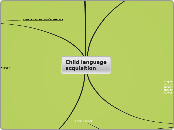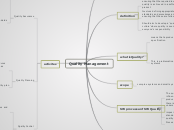jonka Arjun Atwal - Jean Augustine SS (2612) 4 vuotta sitten
270
Note-Making and Reading Strategies Summative Assignment External Research/Make Connections Reading Strategy
The author describes a personal journey in learning C++ through Codecademy, focusing on the importance of conciseness and readability in their work. Initially, the content was overly detailed and cumbersome, prompting a revision to streamline the information.









